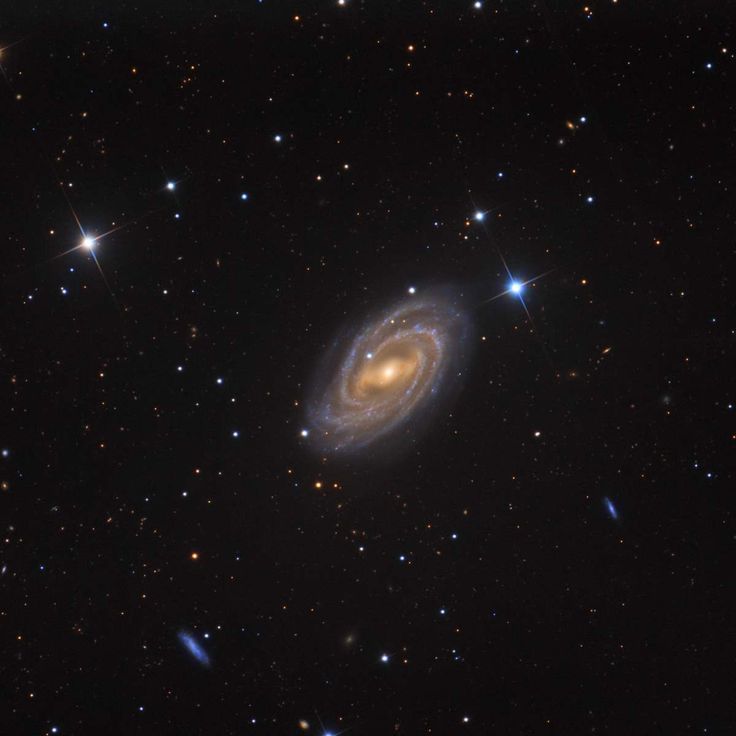Canis Major Overdensity

The dwarf galaxy can major is found in the constellation Canis Maior. The galaxy contains a total of approximately one billion stars, of which a high percentage are red giants.
The dwarf galaxy of Canis Major, classified as an irregular galaxy is considered the closest galaxy to Via Lactea, located about 25 000 light years away from our light1 system and 42 000 light years from the galactic Center. It has an approximately elliptical shape and is believed to contain more stars than the elliptical dwarf galaxy of Sagittarius, the second closest galaxy.

Astronomers believe that the dwarf galaxy Canis Major is destroying the gravitational field caused by most of the Milky Way. The main body of the galaxy is extremely degraded. The tides cause a filament of stars, which orbit the Milky Way, and form a complex ring structure, sometimes striking Monoceros ring, which surrounds our galaxy about three times. The filament of stars was discovered at the beginning of the 21st century by the astronomers who carry out the Sloan Digital Sky Survey. It was when this star ring was investigated, as well as a large accumulation of globular atoms as those associated with the dwarf elliptical galaxy of Sagittarius, when the dwarf galaxy Canis Major was discovered.
The globular clusters that are considered associated with the Canis Major dwarf galaxy are NGC 1851, NGC 1904, NGC 2298 and NGC 2808. NGC 1261 is another nearby cluster, but its velocity is very different from that of the others so that it is related to the system The Canis Major dwarf galaxy can also have some kind of open collaboration, including Dol 25 and H18, and possibly AM 2. It is believed that open clusters formed due to the gravity of the dwarf galaxy, which disturbed the material of the galactic disk and stimulated the formation of stars.
The discovery of the Canis Major dwarf galaxy and the subsequent analysis of related stars has some support for the real theory that galaxies can grow in size by swallowing their smaller neighbors.
A new study by Yazan Momany using 2MASS data casts doubt on the nature of the dwarf galaxy. The data suggest that the filament of stars is actually part of the deformed galactic disk. This conclusion, however, is still in question and the true nature of the density in Canis Major remains unknown.
Congratulations! This post has been upvoted from the communal account, @minnowsupport, by jonjro from the Minnow Support Project. It's a witness project run by aggroed, ausbitbank, teamsteem, theprophet0, someguy123, neoxian, followbtcnews, and netuoso. The goal is to help Steemit grow by supporting Minnows. Please find us at the Peace, Abundance, and Liberty Network (PALnet) Discord Channel. It's a completely public and open space to all members of the Steemit community who voluntarily choose to be there.
If you would like to delegate to the Minnow Support Project you can do so by clicking on the following links: 50SP, 100SP, 250SP, 500SP, 1000SP, 5000SP.
Be sure to leave at least 50SP undelegated on your account.